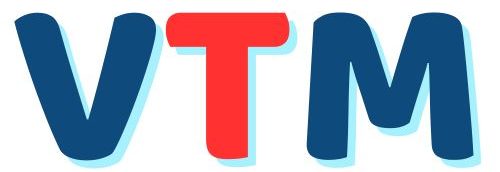To study in the U.S. in 2024, international students generally need an F-1 visa, which allows enrollment in academic programs. Key steps include obtaining an I-20 form from an approved institution, paying the SEVIS fee, and scheduling a visa interview with a U.S. embassy. Early preparation eases the application process. A U.S. study visa enables access to high-quality education, career-boosting opportunities, and Optional Practical Training (OPT) for work experience in a student’s field.
Visa Types:
- F-1 Visa: Most common for full-time academic students, allowing OPT post-graduation for work experience.
- J-1 Visa: For exchange students in cultural programs, also offering Academic Training (AT) for practical experience.
- M-1 Visa: For vocational students, restricting work during studies, suited for non-academic fields.
Requirements:
- Acceptance to SEVP-Approved School: A school-approved I-20 form.
- SEVIS Fee Payment: Required for SEVIS database maintenance.
- Completed DS-160 Form: Essential for the nonimmigrant visa application.
- Valid Passport: At least six months beyond U.S. stay.
- Visa Interview: Involves questions about study and financial plans.
- Financial Proof: Bank statements, sponsorship letters, etc.
- Additional Documents: Academic records, test scores, and intent letters.
Application Process:
- Acceptance by SEVP School.
- Pay SEVIS Fee: Online.
- DS-160 Form Completion.
- Visa Fee Payment.
- Interview Scheduling and Attendance.
- Document Preparation: I-20, DS-160, passport, financial support proofs, etc.
- Visa Issuance: After interview and processing.
Visa Fees:
- SEVIS Fee: 350 for F−1 and M−1, 350 for F-1 and M-1, 220 for J-1.
- Visa Application Fee: $185.
Processing times vary, from a few days to weeks based on application complexity, location, and season. Visa validity aligns with program length, with grace periods for post-study activities.



